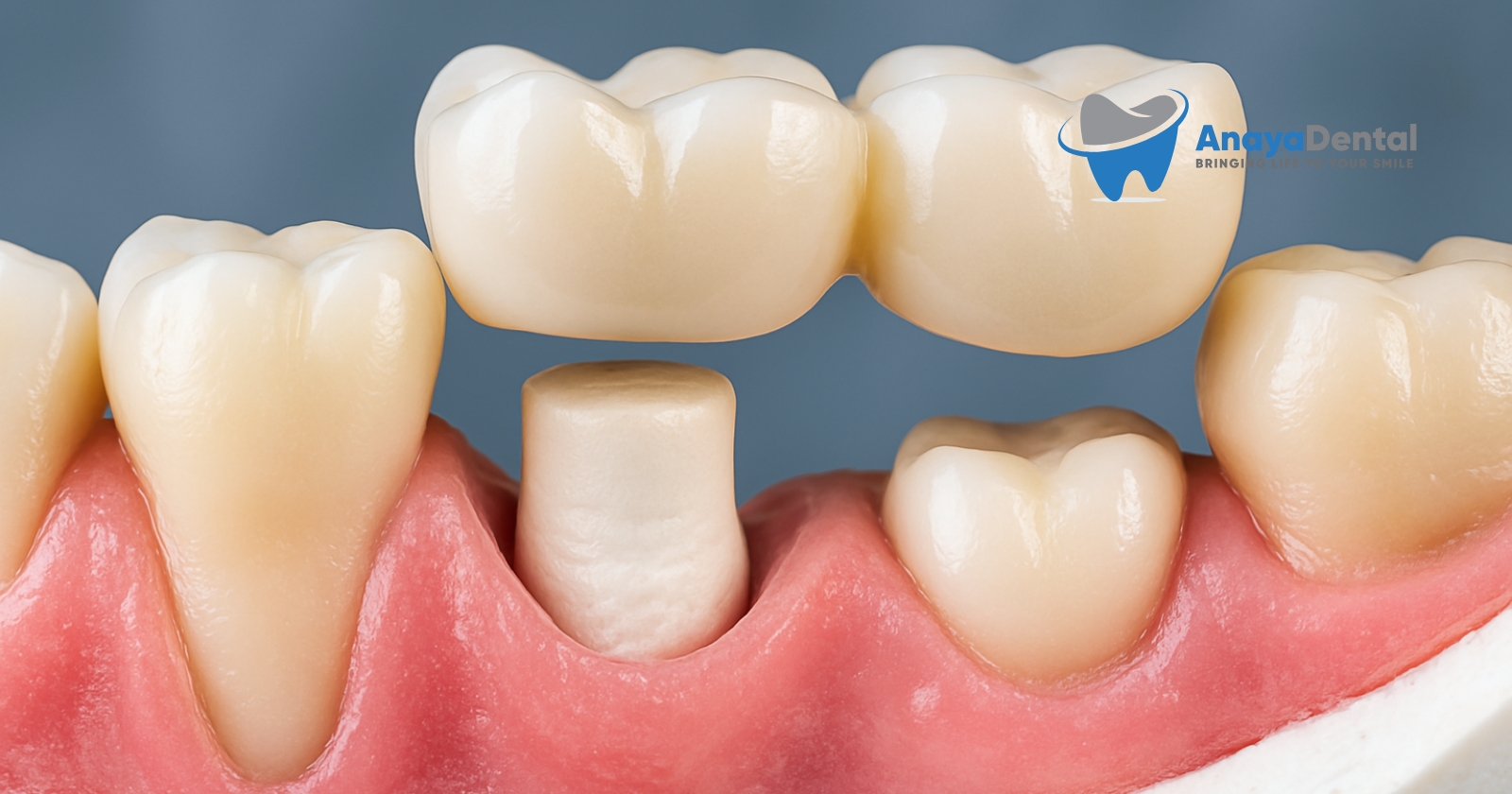How You Can Afford a Two-Surface Anterior Dental Composite
Living with damaged front teeth can affect your smile confidence and oral health. When decay or damage involves two surfaces of your front teeth, your dentist may recommend a D2331 procedure – a two-surface, anterior resin-based composite restoration. Understanding both the medical necessity and financial aspects of this treatment helps you make informed decisions about your dental care.
What Is a Two-Surface Anterior Composite?
A two-surface anterior composite refers to a tooth-colored filling that repairs damage affecting two surfaces of a front tooth. These surfaces might include the front visible surface (facial), the back surface (lingual), or the sides that touch neighboring teeth (mesial or distal).
During this procedure, your dentist will:
Try Our Dental Calculators
- Remove the decayed or damaged portion of your tooth
- Clean the affected area
- Fill the space with composite resin material
- Shape and polish the restoration to match your natural teeth
This treatment preserves your natural tooth structure while restoring function and appearance, making it particularly important for visible front teeth.
Medical Context and Necessity
Front tooth damage requiring a two-surface restoration typically results from:
- Decay spanning multiple tooth surfaces
- Chipped or fractured teeth from trauma
- Worn edges from grinding or age
- Failed previous restorations needing replacement
According to the American Dental Association, over 90% of adults aged 20-64 have experienced dental caries in their permanent teeth, with anterior restorations being among the most common procedures.
Without treatment, damage can progress to:
- Increased pain and sensitivity
- Further decay reaching the tooth nerve
- Greater risk of tooth fracture
- Potential need for more extensive treatments like root canals or extractions
What You Can Expect to Pay
The cost of a two-surface anterior composite (D2331) varies based on several factors:
| Factor | How It Affects Cost |
|---|---|
| Geographic location | Urban areas typically charge 15-30% more than rural areas |
| Dentist experience | Specialists may charge premium rates |
| Practice overhead | Private practices vs. dental schools or clinics |
| Materials used | Higher-quality composites cost more |
The national average cost ranges between $150-$300 for a two-surface anterior composite without insurance coverage. This procedure generally costs more than amalgam (silver) fillings but provides superior aesthetics for front teeth.
Your Payment Options
Dental Insurance
Most dental insurance plans cover composite fillings at:
- 80-100% for preventive care
- 50-80% for basic restorative procedures like anterior composites
- Annual maximums typically range from $1,000-$2,000
Check your specific plan details for:
- Waiting periods for new enrollees
- Whether composites are covered at the same rate as amalgams
- Frequency limitations on replacement fillings
Dental Discount Plans
As an alternative to traditional insurance:
- Pay an annual membership fee ($80-$200)
- Receive 15-50% discounts on most procedures
- No waiting periods or annual maximums
- Immediate eligibility for discounts on restorative work
Financing Options
When insurance coverage is insufficient:
- CareCredit and similar medical credit cards offer 6-24 month interest-free financing
- In-office payment plans might be available through your dentist
- Health Savings Accounts (HSAs) and Flexible Spending Accounts (FSAs) allow you to use pre-tax dollars
Community Resources
If cost remains a barrier:
- Dental schools provide supervised care at 40-60% lower costs
- Community health centers offer sliding-scale fees based on income
- Some non-profit organizations provide dental grants for qualifying individuals
Making Your Decision
When weighing your options:
- Request a detailed treatment plan with procedure codes and estimated costs
- Contact your insurance provider to verify coverage specifics
- Ask your dentist about alternative treatments and their long-term value
- Consider both immediate costs and long-term durability
Remember that postponing necessary treatment often leads to more extensive and expensive procedures later.
Quick Review
A two-surface anterior composite (D2331) is a tooth-colored filling for front teeth that restores both function and appearance. Costs typically range from $150-$300 without insurance, with most dental plans covering 50-80% of the procedure. Multiple payment options exist, from traditional insurance to financing plans and community resources. Addressing tooth damage promptly helps avoid more costly treatments in the future.


